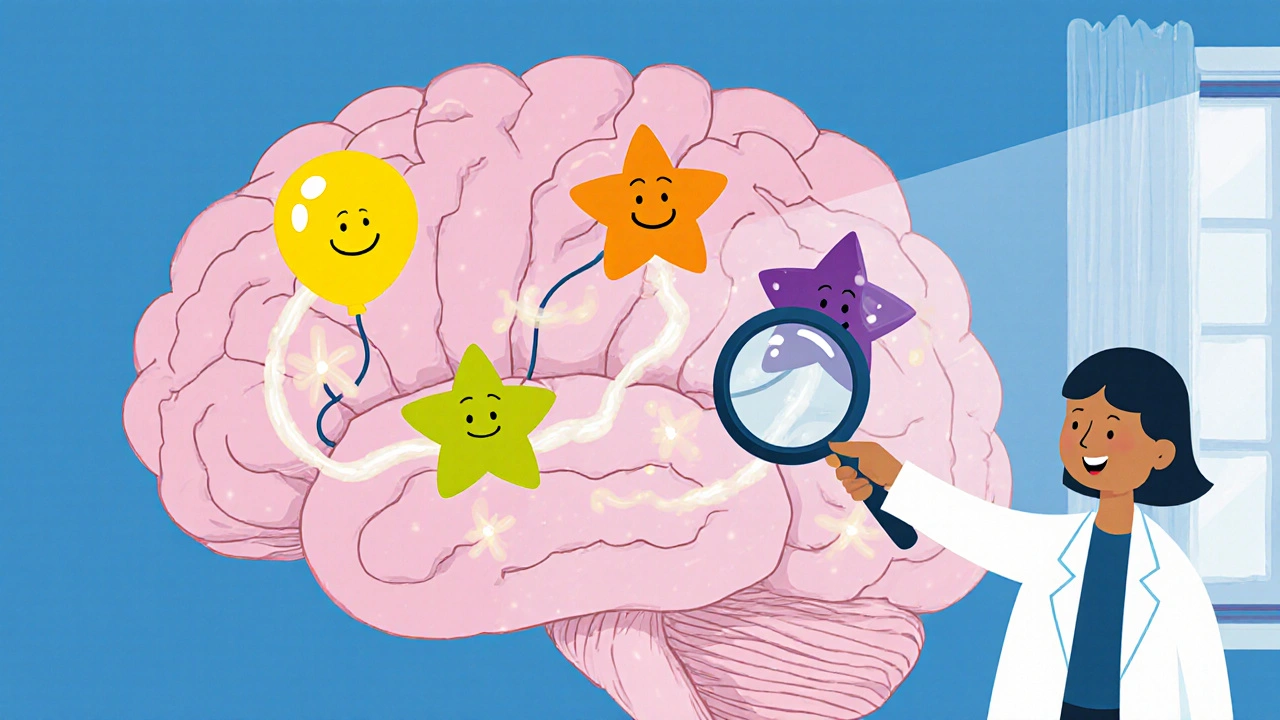Antidepressant Side Effects – What to Expect & How to Manage
When dealing with antidepressant side effects, the unwanted physical or mental changes that can appear while taking medication for depression. Also known as AD side effects, they can range from mild nausea to more disruptive issues like insomnia or sexual problems. Understanding them helps you stay in control of your treatment. SSRIs a common class of antidepressants that increase serotonin levels in the brain and SNRIs antidepressants that boost both serotonin and norepinephrine each bring their own side‑effect profile, while sexual dysfunction reduced libido, delayed orgasm or erectile issues linked to many antidepressants often tops the list of complaints. The page below pulls together articles that explain why these reactions happen, how to spot them early, and what steps you can take to keep feeling your best.
Common side‑effect categories and how they differ across drug classes
Antidepressant side effects encompass physical symptoms, emotional shifts, and behavioral changes. Physical symptoms like gastrointestinal upset, weight gain, or headache are especially common with MAO inhibitors an older class of antidepressants that prevent the breakdown of neurotransmitters, which also require strict dietary restrictions to avoid dangerous interactions. SSRIs frequently cause nausea, dry mouth, and insomnia, while SNRIs tend to add increased blood pressure or dizziness to the mix. Sexual dysfunction is a cross‑class issue, but studies show it appears in up to 70% of SSRI users and about 50% of those on SNRIs. Emotional side effects—such as heightened anxiety, agitation, or emotional blunting—often signal that the dosage is too high or the brain is still adjusting to new neurotransmitter levels. Recognizing which category a symptom falls into guides the next step: a simple dose tweak, a switch to a different class, or adding a short‑term medication to counteract the problem.
Managing antidepressant side effects requires a blend of medical insight and everyday strategies. First, always talk to your prescriber before changing anything; many issues resolve with gradual dose adjustments or timing changes (taking medication with food can lessen nausea, for example). Second, lifestyle tweaks—regular exercise, balanced meals, and good sleep hygiene—can offset weight changes and fatigue. For sexual dysfunction, doctors sometimes add low‑dose bupropion or switch to an antidepressant with a lower risk profile. Third, keep a symptom journal: note when a side effect starts, its severity, and any triggers. This data lets your clinician see patterns and decide whether a supplement, a different drug, or an adjunct therapy is needed. The articles in this collection walk you through each of these steps, offering real‑world tips and the latest research findings to help you stay on track.
Below you’ll find a curated set of resources that dive deeper into specific side‑effect topics, compare drug classes, and share practical advice for coping. Whether you’re just starting a new prescription or have been on antidepressants for years, these posts give you the insight you need to understand, manage, and, when appropriate, mitigate the impact of antidepressant side effects on your daily life.



